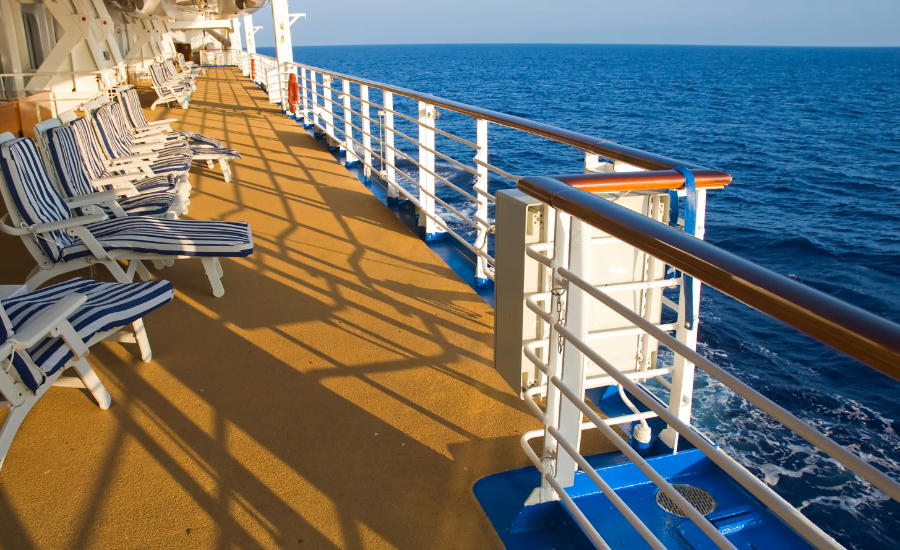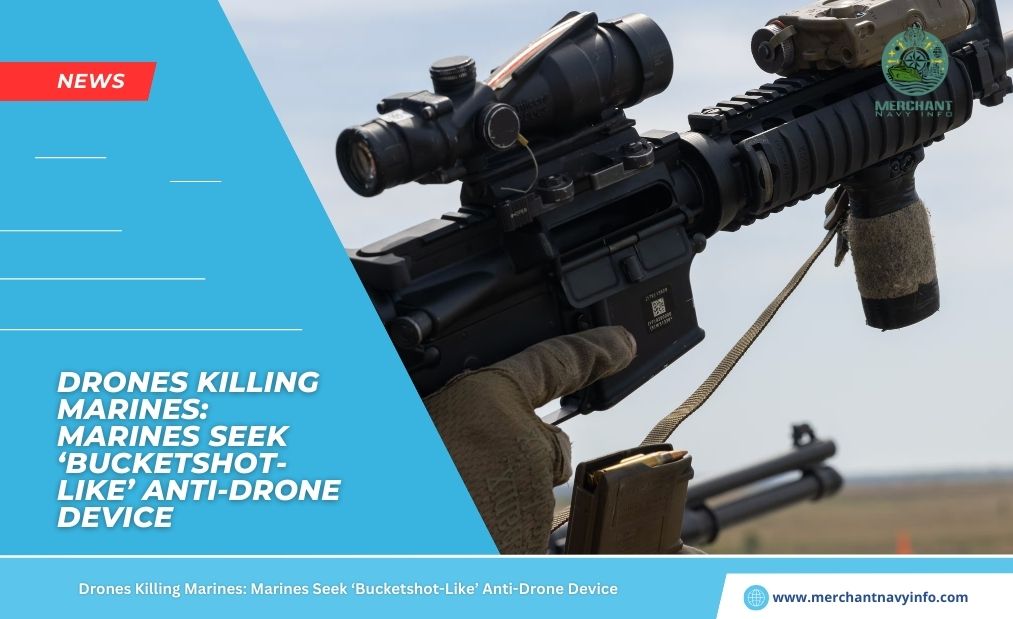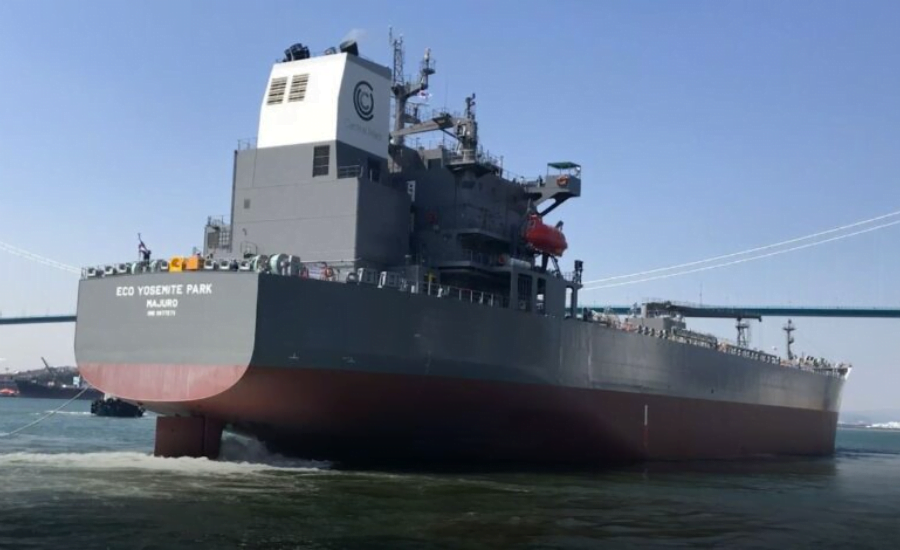
Embark on a journey of maritime mastery as we delve into a comprehensive exploration of the ten crucial decks, from bow to stern. Uncover the intricate details and functionalities that define parts of a deck, providing a thorough understanding of a vessel’s structure. Whether you’re a maritime enthusiast or a curious explorer, join us in navigating the seas of knowledge with this insightful guide to ship decks.
Boat lighting plays a crucial role in ensuring safe navigation on the water. Whether you’re out for a leisurely cruise or embarking on a nighttime fishing expedition, having the right boat lights is essential for visibility and avoiding collisions with other vessels.
Understanding Boat Lighting Regulations: What You Need to Know
Boat lighting regulations are implemented to ensure the safety of all boaters on the water. These regulations dictate the types of lights that must be installed on a boat and when they should be used. Boaters must familiarize themselves with these regulations and comply to avoid penalties and potential accidents.
The regulations vary depending on the size and type of boat and the navigational conditions. For example, all boats must have navigation lights visible from a certain distance and display specific colours (red for the port side, green for the starboard side, and white for the stern). Additionally, anchored or moored boats must display an anchor light to indicate their presence to other vessels.
Non-compliance with boat lighting regulations can result in fines, penalties, or even accidents.
Types of Boat Lights and parts of a deck Explained

Navigation lights are used to reveal the position and direction of a vessel. Navigation lights come in different colours and are typically mounted on the boat’s bow (front) and stern (back).
Anchor lights indicate that a boat is anchored or moored. They are typically white. They must be displayed from sunset to sunrise or during periods of reduced visibility. Anchor lights are important for alerting other boaters to the presence of a stationary vessel and avoiding collisions.
Led boat lights illuminate the decks and surrounding areas of a boat. They provide additional visibility and safety on board, especially during nighttime activities such as fishing or docking. Deck lights can be mounted on various parts of the boat.
Choosing the Right Navigation Lights
Selecting the right navigation lights is crucial for ensuring visibility and compliance with regulations. There are several factors to consider when selecting navigation lights for your boat.
Begin with choosing lights that are the appropriate size for your vessel, which is important. Larger boats require brighter and more powerful lights to be visible from a greater distance.
Navigation lights come in different colours to indicate the position and direction of a vessel. Red lights are used on the port (left) side, green lights on the starboard (right) side, and white lights on the stern (back) of the boat. Choosing lights that display the correct colours is important to comply with regulations.
At the end, placement of navigation lights is crucial for their effectiveness. The lights should be mounted to ensure maximum visibility from all angles. They should be positioned at a height that allows them to be seen over any obstructions on the boat, such as antennas or radar equipment.
Anchor Lights as parts of a deck
Anchor lights are an important safety feature that should be used whenever a boat is anchored or moored. They indicate the presence of a stationary vessel to other boaters and help prevent collisions.
They should be mounted at a height that ensures they are visible from all angles. It is important to ensure that the anchor light is not obstructed by any equipment or structures on the boat.
To use an anchor light, turn it on when you drop anchor and turn it off when you are ready to set sail again. It is important to remember to turn off the anchor light once you are underway, as it can be confusing to other boaters if it remains on while the boat is in motion.
Deck Lights
Deck lights are an important addition to any boat, as they enhance visibility and safety on board, especially during nighttime activities. They illuminate the parts of a deck and surrounding areas, making navigating and performing tasks such as fishing or docking easier.
Deck lights can be mounted on various boat components, such as the bow, stern, or sides. They should be positioned to provide maximum coverage and minimize shadows or blind spots.
The benefits of deck lights extend beyond visibility. Deck lights can create a welcoming and inviting atmosphere, enhancing the boating experience.
LED vs Incandescent Lights: Which One is Better for Your Boat?
Regarding boat lighting, there are two main lights: LED (Light Emitting Diode) and incandescent.
They consume less power than incandescent lights, which can help preserve battery life. LED lights also produce less heat, lessening the risk of fire or damage to encircling materials.
On the other hand, incandescent lights are more affordable upfront and provide a warm, traditional glow. However, they consume more power and have a shorter lifespan than LED lights. Incandescent lights also produce more heat, which can be a concern in enclosed spaces or near flammable materials.
Choosing between LED and incandescent lights depends on your budget, energy efficiency requirements, and personal preference. It is important to consider these factors when selecting boat lighting for your vessel.
Tips for Long-term Durability and Performance

Proper maintenance of boat lighting is essential for ensuring long-term durability and performance. Regular maintenance can help prevent corrosion, water damage, or electrical failures.
One of the most important maintenance tasks is to regularly inspect the lights for any signs of damage or wear. Check for loose connections, cracked lenses, or water intrusion. If any issues are found, they should be addressed instantly to prevent further damage.
Cleaning the lights regularly is also important to ensure optimal performance. Use a mild detergent and a silky cloth to remove dirt, grime, or salt residue from the lenses. Evade using abrasive cleaners or materials that could scratch or damage the lights.
It is also important to check the wiring and connections sometimes to ensure they are secure and corrosion-free. Corroded connections can lead to low-grade performance or electrical failures. If any corrosion is found, it should be cleaned and treated with a corrosion inhibitor.
Troubleshooting Common Boat Lighting Issues
Despite proper maintenance, boat lighting issues can still occur. It is important to be able to troubleshoot and fix common problems to ensure the safety and functionality of the lights.
One common issue is a blown fuse or tripped circuit breaker. If the lights suddenly stop working. Inspect the fuse or circuit breaker to check whether it should be replaced or reset. It is also important to check the wiring and connections for any signs of damage or loose connections.
Another issue is water intrusion. If the lights are not functioning properly or are flickering, it could be a sign of water damage. Check the seals and gaskets around the lights to ensure they are intact and free from cracks or gaps. The lights should be removed, dried thoroughly, and resealed if water intrusion is suspected.
A weak battery or insufficient power supply can cause dim or flickering lights. Check the battery voltage and make sure it is within the advised range. If the battery is weak, it may need to be charged or replaced. Additionally, check the wiring and connections for any indications of corrosion or loose connections that could affect the power supply.
Conclusion: Ensuring Safe and Enjoyable Boating with Proper Lighting
Boat lighting is crucial in ensuring safe navigation on the water. By understanding and complying with boat lighting regulations, choosing the right lights, maintaining them properly, and troubleshooting common issues, boaters can ensure their safety and the safety of others on the water.










